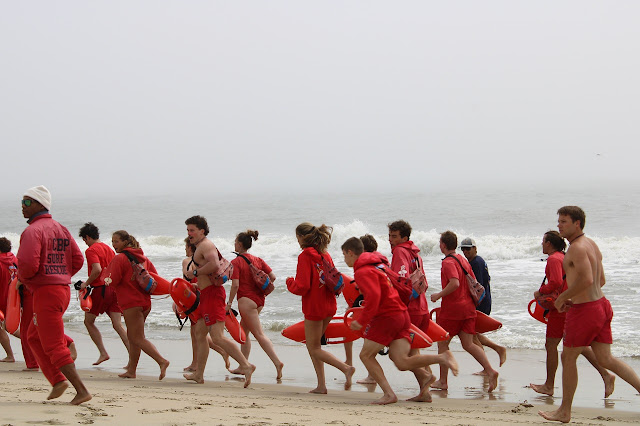International Maritime Search and Rescue Standards: What to Expect When the S.O.S. Is Called
Maritime search and rescue (SAR) pose a significant challenge for any organization tasked with finding and assisting people at sea. The risks posed by oceanic weather, geographical features, and vessels add to the difficulties of finding and helping distressed mariners.
To mitigate these risks, maritime operators must implement and adhere to special standards when preparing for an emergency. These standards codify best practices in planning, equipment selection, operational readiness, response coordination, training, drills, exercises, resource pooling (where resources are shared across organizations), search patterns/techniques, communication protocols, etc.
This article explores the different provisions of the International Maritime Search and Rescue Standards (IMSAR Standards). At safetyexpert.com you can also see what they entail and how they can be implemented into corporate culture.
Why is Maritime SAR so Important?
SAR is critical for the safety of the global maritime industry, which employs millions of people and moves billions of dollars worth of cargo annually. With over 90% of all international trade transported via water, SAR must work effectively whenever needed. Maritime SAR is also a high financial cost for many national governments.
For instance, the United States SAR costs are estimated to be between $1.7 and $2.1 billion annually. SAR costs vary depending on the type of incident, location, number of vessels involved, etc. That said, the costs of not providing SAR are even higher. Research suggests that “every dollar spent on SAR yields $15 in economic benefit.”
The 3 Major Parts of IMSAR Standards
IMSAR is an international set of guidelines that govern maritime SAR operations. It is primarily intended to standardize how marine SAR is managed worldwide. The IMSAR standard consists of three parts: planning and preparation, equipment selection and operation, response coordination, training, and exercises.
IMSAR Standard 1: Planning and Preparing
The first component of the IMSAR standards is planning and preparing. This part of the standard codifies best practices related to the preparation and administration of SAR operations.
Including:
- Risk assessment: This could include assessing the risk of weather conditions or other environmental factors or the risk of injury to responders during a rescue attempt.
- Risk mitigation: This refers to the methods used to reduce risk. For example, if weather conditions pose a risk to responders, their work could be postponed or canceled.
- Vessels: The types of vessels used, how they are crewed, how they are equipped, etc.
- Personnel: The number of crew and other personnel needed to staff a vessel, their certification, and training, etc.
IMSAR Standard 2: Equipment Selection and Operation
The second component of the IMSAR standards pertains to equipment selection and operation. This part of the standard codifies best practices related to the inventory, selection, maintenance, and operation of equipment on vessels during SAR operations. It also includes a specific equipment list for vessels likely to respond to a SAR incident.
The equipment list is a general guideline for what items should be kept on board a vessel. It’s important to note that this list is not exhaustive. To ensure they are prepared for every contingency, captains and crewmembers should also be prepared to use their judgment to select additional equipment.
IMSAR Standard 3: Response Coordination, Training, and Exercises
The third component of the IMSAR standards is related to response coordination and training. This part of the standard codifies best practices related to the response coordination of SAR operations. It also mandates standards for SAR training and exercises. SAR response coordination primarily involves the flow of information being shared between organizations and authorities.
Coordination methods can vary widely but should include a minimum of the following:
- Communications: Methods of communication among responders, including the types of communications equipment used, protocols for using each device, etc.
- Resource management: Ensuring that all the necessary personnel, equipment, and other resources are available when needed.
- Resource pooling: When multiple organizations respond to an incident, they commonly pool their resources. An excellent example is when a coast guard vessel is tasked with assisting a vessel in distress, and they request assistance from nearby fishing vessels. In these situations, fishermen often volunteer and may need to be paid for their work.
Conclusion
Maritime search and rescue pose a significant challenge for any organization tasked with finding and assisting people at sea. The risks posed by oceanic weather, geographical features, and vessels add to the difficulties of finding and helping distressed mariners. To mitigate these risks, maritime operators must implement and adhere to special standards when preparing for an emergency.
These standards codify best practices in planning, equipment selection, operational readiness, response coordination, training, drills, and exercises. Organizations should be aware of the IMSAR standards to provide the best maritime SAR and incorporate them into their operations.





Comments
Post a Comment